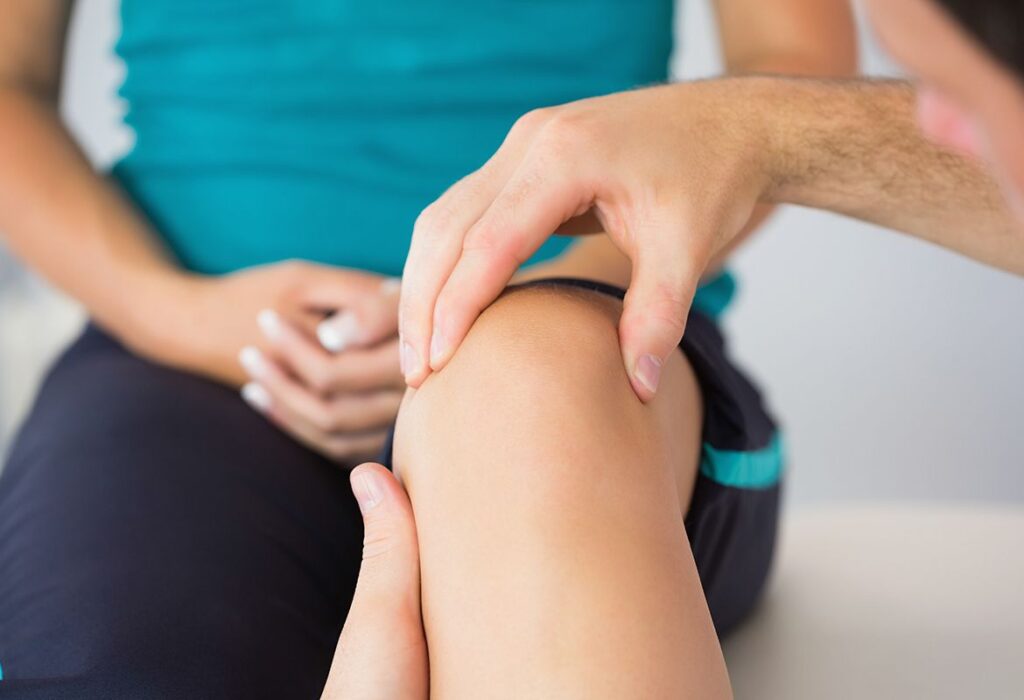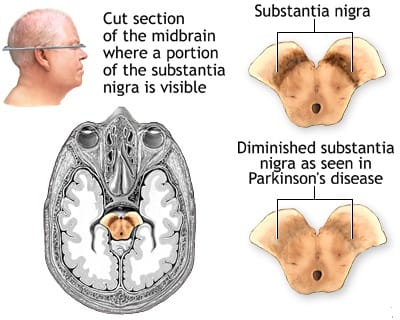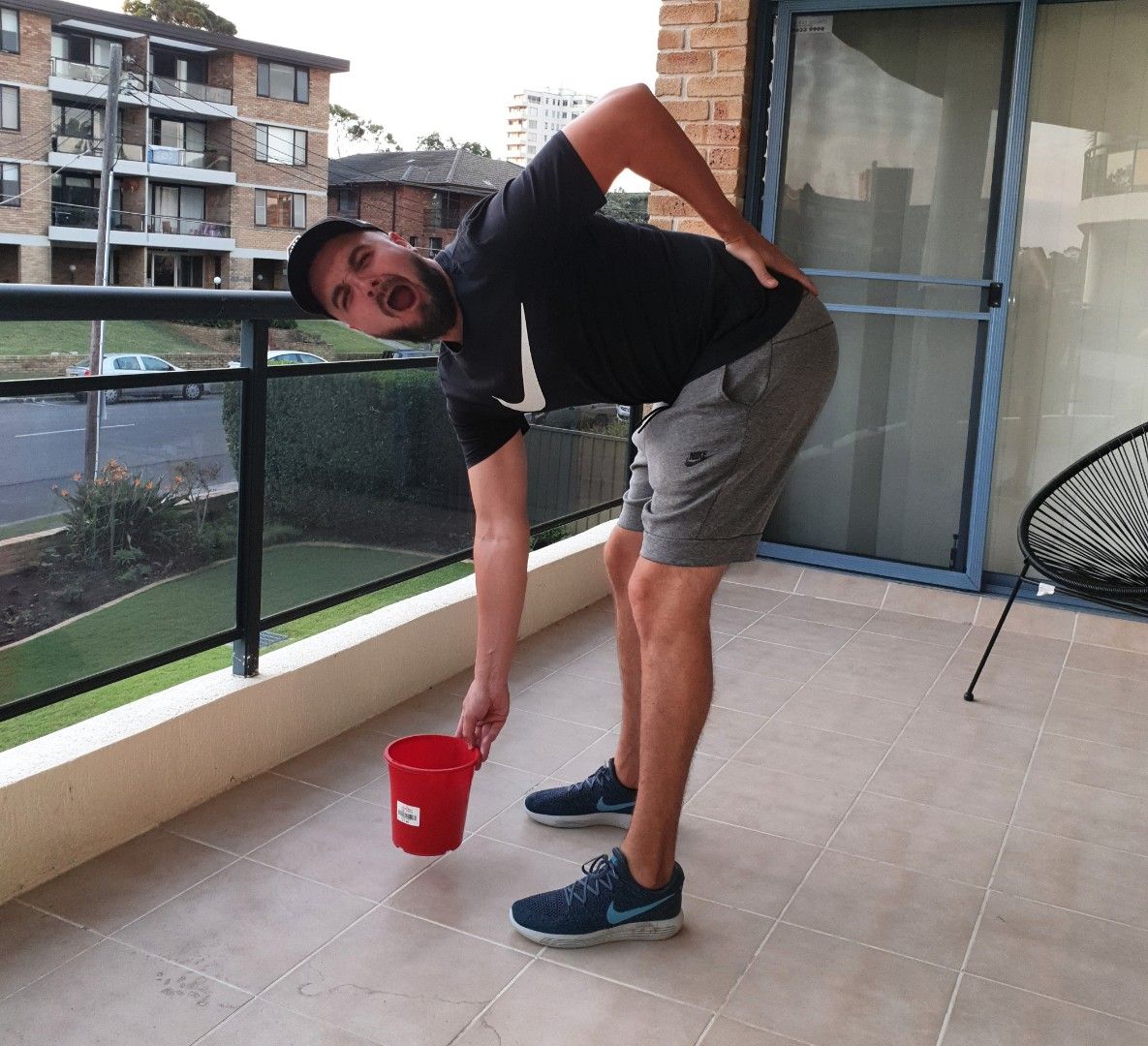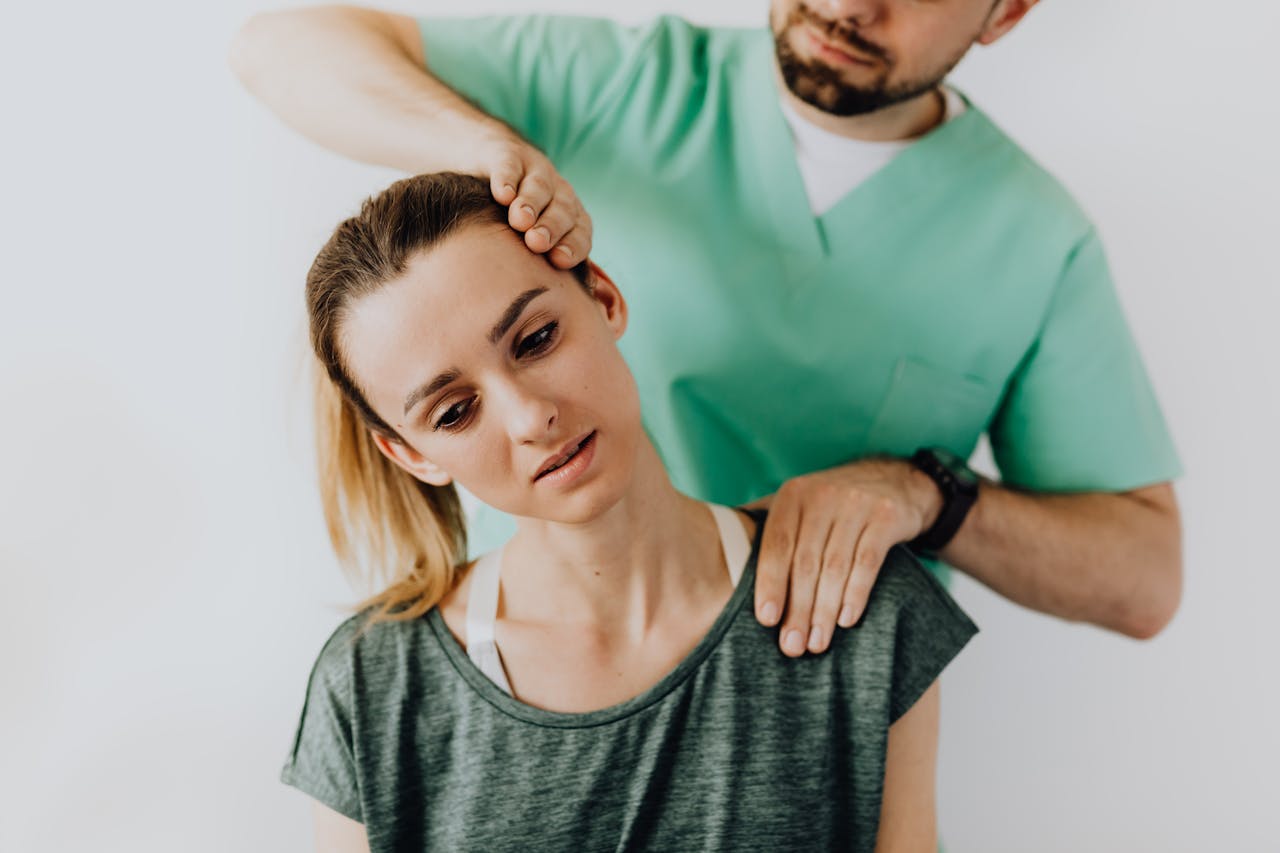Osteoarthritis Treatment & Management
Physiotherapy
Treatment & Management

Osteoarthritis can be managed effectively using a variety of methods and treatment options.
Treatment includes gentle exercise, anti-inflammatory and pain medication, education and advice, stretching and range of motion exercise, strengthening, offloading using supports such as a walking stick, weight loss, and joint replacement.
In those that may be overweight, weight loss can be a very important factor. There have been studies that show that a decrease in 10 kg of bodyweight equates to a decrease in knee pain of around 50%. This may show that not only does the decrease in load lead to less pain but the decrease in total body weight may decrease inflammatory markers in the body decreasing whole body inflammation.
Education and advice has also been shown to be helpful in the self-management of osteoarthritis. This involves activity modification, the use of medication, use of icing and heat, dietary guiding, flair-up and self management tips. The main aims are to decrease pain, improve function, reduce stiffness, decrease fatigue, improve strength, improve balance and reduce medical usage such as pain medication. Simple patient education has been shown to provide around 20% more pain relief when compared to anti-inflammatory drugs (NSAIDs) alone in patients with hip osteoarthritis.
Regular icing after activity or work can be helpful to reduce inflammation and swelling, just as heat pack or patches and hot water bottles are effective in reducing stiffness in the morning/night or before activity and exercise. Anti-inflammatory medication (NSAIDs) may also be helpful in reducing or controlling the swelling and pain and is best to seek advice from your doctor.
Gentle stretching and range of motion exercise is used to decrease muscle tightness and guarding, decrease joint stiffness and improve movement which can help to alleviate pain. Modified and supervised strengthening exercise is one of the most important aspects of treatment as this provides more support to joints from the muscles and decreases loading stress to the joints. It must be carried out at least 3 times per week for optimal results and ideally supervised by your physiotherapist or an exercise program provided to you consisting of suitable and modified strengthening exercises. Walking and balance retraining is another important aspect of rehabilitation as there will be some impairments due to pain inhibition and decreased movement sense cause by increased fluid and swelling.
Hydrotherapy is a very effective form of gentle exercise which uses the heated water and decreased loading due to water buoyancy to reduce pain and stiffness, increase function, strength and quality of life. Other forms of gentle exercise such as aerobics, walking and cycling have shown great therapeutic benefits in the short and long term.
If osteoarthritic symptoms are decreasing quality of life and conservative management like physiotherapy has been ineffective then a joint replacement surgery may be recommended. This may involve partial or total replacement depending on the extent of damage to the joint. There is much evidence to show the effectiveness of these surgeries, however they tend to be a last resort and physiotherapy and activity modification are always tried first.
Following surgery, physiotherapy is highly recommended by almost all surgeons as they have specific protocols to be followed as well as physiotherapy goals that need to be achieved regarding swelling management, range of motion re-gaining, walking re-training, muscle strengthening, balance and proprioception training, muscular endurance and return to work/hobbies. Typically an artificial joint replacement will last 10 to 15 years but with the correct rehabilitation and activity/lifestyle modification it cast last much longer.
References:
McAlindon TE, Bannuru RR, Sullivan MC, Arden NK, Berenbaum F, Bierma-Zeinstra SM, Hawker GA, Henrotin Y, Hunter DJ, Kawaguchi H, Kwoh K, Lohmander S, Rannou F, Roos EM, Underwood M (March 2014). “OARSI guidelines for the non-surgical management of knee osteoarthritis”. Osteoarthritis and Cartilage. 22 (3): 363–88. doi:10.1016/j.joca.2014.01.003. PMID24462672.
Bartels EM, Juhl CB, Christensen R, Hagen KB, Danneskiold-Samsøe B, Dagfinrud H, Lund H (March 2016). “Aquatic exercise for the treatment of knee and hip osteoarthritis”. The Cochrane Database of Systematic Reviews. 3: CD005523. doi:10.1002/14651858.CD005523.pub3. PMID27007113.
Page CJ, Hinman RS, Bennell KL (May 2011). “Physiotherapy management of knee osteoarthritis”. International Journal of Rheumatic Diseases. 14 (2): 145–51. doi:10.1111/j.1756-185X.2011.01612.x.



